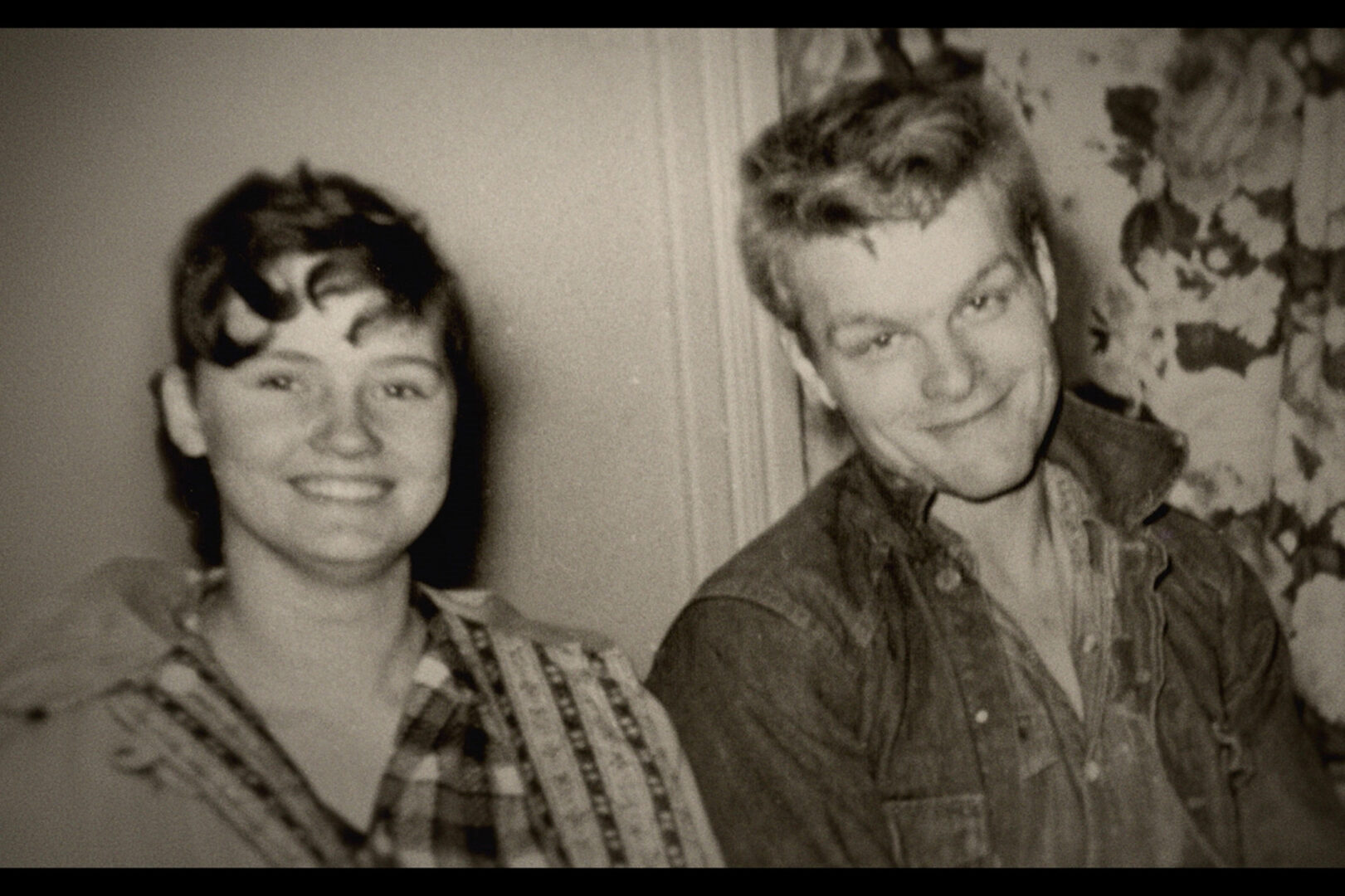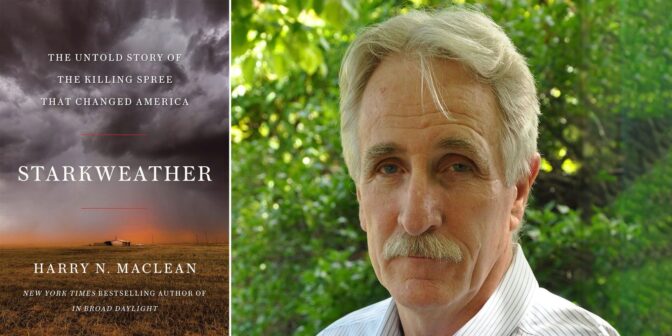
Caril Fugate and Charles Starkweather

Caril Fugate and Charles Starkweather

Caril Fugate and Charles Starkweather
Airdate: Thursday, February 29, 2024
It seems that there’s a mass shooting in America every few weeks. Stories of killing sprees or serial killers are commonplace on TV and in movies and books today.
But, it wasn’t always that way. There had to be a first and a time when multiple murders were new to a broad audience.
Best-selling author Harry MacLean points to a gruesome series of murders in Nebraska and Wyoming in January, 1958 as that point. Nineteen-year-old Charles Starkweather, accompanied by his 14-year-old girlfriend, Caril Ann Fugate, shot and stabbed 10 people to death over an eight-day period. In all, Starkweather murdered 11 people.
Maclean’s recently published book is titled Starkweather – The Untold Story of the Killing Spree That Changed America.
 On The Spark Thursday, Harry MacLean described Starkweather as short in stature, bow-legged and pigeon-toed, who spoke with a lisp. He was viciously bullied throughout his childhood until he turned his rage into violence — getting into fights often. His violence eventually led to multiple random murders. MacLean said Fugate was traumatized, abused, and unsophisticated.
On The Spark Thursday, Harry MacLean described Starkweather as short in stature, bow-legged and pigeon-toed, who spoke with a lisp. He was viciously bullied throughout his childhood until he turned his rage into violence — getting into fights often. His violence eventually led to multiple random murders. MacLean said Fugate was traumatized, abused, and unsophisticated.
From January 21 to January 29, 1958, Starkweather murdered 10 people. He had murdered another person weeks before. MacLean summarized what happened,”It started with Charlie killing, her (Fugate’s) mother, her stepfather, little two-and-a-half year old sister in their house. That was on a Tuesday. And the question is, was Carol there for that killing? I’ll leave that aside, but that’s the issue. Charlie says initially that she wasn’t there. Carol says she wasn’t there, that she came home and her parents were gone. And Charlie told (Fugate) that they were hostages. In any event, Charlie did kill them that day there. No question about that. And he moved him in some outback house houses, houses out beyond the in the yard. And, it was January in Nebraska. So they froze to death. And they (Starkweather and Fugate) stayed in the house for six days after that. They ended up leaving when Caril’s grandmother came and claimed if she couldn’t get in, she was going to call the police. And, so they split, and she did bring the police there. They looked around the house, didn’t find anything unusual, and did not find the bodies. Caril and Charlie moved on, to a small town called Bennett, about 20 miles south of Lincoln. And there they killed a farmer that was a friend of Charlie’s, and took his rifles, and, their car got stuck in the mud. They were picked up by a couple of teenagers. Charlie ended up shooting both of them to death with August Meyer, his friend with his 22. That happened late at night. They then went back to Lincoln and in the morning, went into the house of a very prominent family in Lincoln and killed, the husband and his wife and the maid. They then fled Lincoln heading for the West Coast, and were caught in Douglas, Wyoming, after they had killed a traveling salesman there to get his car. The big, big chase ensued where the cops were chasing Charlie through the Badlands shooting at him. He finally stopped, and they also picked up Caril by that point, and they put Charlie under arrest.”
The murder spree was the first to get worldwide attention through the new medium of television.
Maclean writes that Starkweather had dreams of going out in “a blaze of glory.” He confessed to the murders immediately but changed his stories multiple times. At first he said Fugate had nothing to do with the killings but later changed his story and testified at her trial that she was a killer herself.
Starkweather was convicted of the killings and was executed in the electric chair in 1959.
Much of the book focuses on Fugate and her role in the spree.
She was found guilty of one felony count for taking $4 from one one of the victims and putting the money into Starkweather’s wallet. For that she was sentenced to life in prison. However, Fugate was a model inmate and was paroled, got married and lived a normal life.
MacLean concludes in the book that Fugate was actually innocent of murder or being an accessory to the killings,”I’m a former judge myself, and I looked at the evidence. The evidence, the facts. Not the speculation. Not the guesswork, not the inferences about what she did and what she didn’t do, but the facts, the actual facts themselves. And applied trauma psychology to her. And, as if we were conducting the trial today and what we know about brain science, and based on the facts and the trauma psychology applied to her, I would find that she that there was not sufficient evidence to even charge, much less to convict her, so that was the basis for me finding her innocent. I sat as a judge and looked at the facts.”
Sixty-six years after the killing spree, there are some in Nebraska who disagree with MacLean and still believe Fugate was complicit in the murders.
The days of journalism’s one-way street of simply producing stories for the public have long been over. Now, it’s time to find better ways to interact with you and ensure we meet your high standards of what a credible media organization should be.